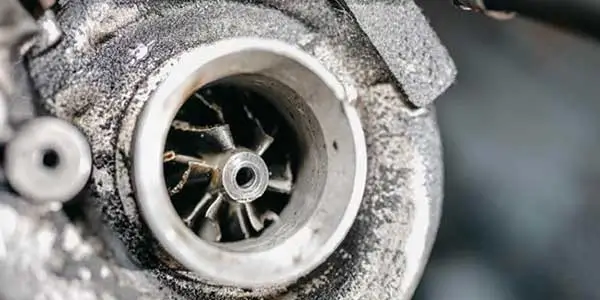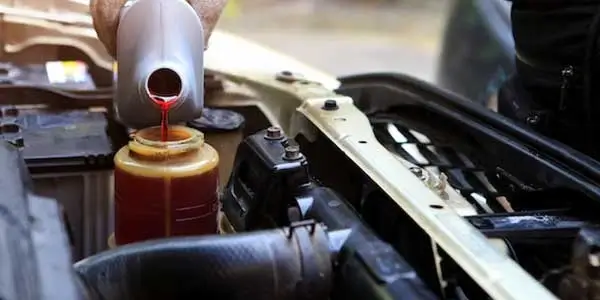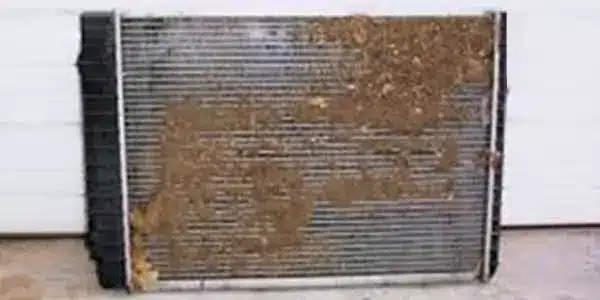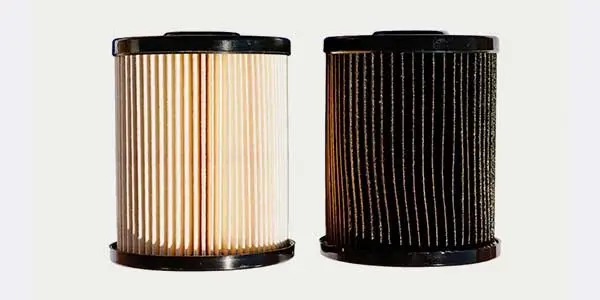People are generally aware that symptoms like coming exhaust smoke, diminished vehicle power, or an overheated engine are usually indicative of a blown head gasket, but you should be aware that 50 out of 100 times, the symptoms you are noticing could actually Be Mistaken For a Blown Head Gasket
Therefore to clarify what are those symptoms that must be checked before concluding blown head gasket?
Here is a Detail of What Can Be Mistaken for a Blown Head Gasket
White Material and Blue Exhaust Smoke in Your Oil
· Blue Smoke Occurs When Starting a Diesel Car: Damaged Glow Plug
We need to use a glow plug to ignite diesel fuel when starting a diesel engine. Once the engine has warmed up, the glow plug is not required because the engine’s heat will ignite the diesel fuel.
When a diesel engine is started with a damaged glow plug, blue smoke will be produced until the engine has warmed up.
· Turbo Blown

Turbocharged cars‘ tailpipes may emit blue smoke due to a blown turbo. If your car bursts a turbo, a large cloud of blue smoke will rise abruptly.
Either the turbo casing is harmed or the oil seal in the turbo is destroyed. They allowed oil into the engine’s intake in both instances.
· Loss of Transmission Fluid

In earlier cars with vacuum-controlled automatic gearboxes, the transmission shift is managed by a modulator. The modulator’s failure, for example, can cause a failed diaphragm, which allows the engine to absorb transmission fluid.
The blue smoke flowing from the exhaust will then be produced when these transmission fluids burn like oil.
· Stuck PVC Valve

The PCV valve’s job is to open the Intake Manifold, where the engine gets its air supply and releases pressure that builds up in the Oil Pan. Your engine’s air filter and intake manifold are connected.
Therefore, if the PCV valve becomes jammed, the engine will continue to mix oil with air and other gases. This mixture will burn and produce blue smoke.
Engine Overheating
· A Malfunctioning Thermostat
The thermostat regulates how much coolant enters the engine similarly to a valve. Your engine may not receive enough coolant if the thermostat’s valve is malfunctioning, which could cause your car to overheat. Along with overheating, coolant leaks under your car and rapid temperature changes are some symptoms of a bad thermostat. Check your thermostat if the engine temperature warning light flashes on and off regularly.
· A Faulty Radiator Fan

To cool the coolant in the radiator, the radiator fan blows cool air through the radiator fins. The coolant cannot dissipate the heat it transports from the engine if the radiator fan is broken, which causes overheating. Your engine temperature may rise when you’re in traffic since there is less air moving into the radiator when your car is stopped.
The following typical problems can lead to your radiator fan failing:
- Faulty sensor or sensor relay measuring engine coolant temperature.
- Issues with the fan motor, including a carbon brush on the motor that is worn out.
- A problem with the wiring.
- A loose or damaged fuse.
· A Dirty or Obstructed Radiator

In the radiator pipes, rust can occasionally accumulate and become sediment. As a result, the radiator’s capacity to dissipate heat from the engine will eventually be reduced. A clogged radiator may eventually cause coolant leakage and possibly harm to the water pump.
Along with the coolant, the radiator fins also require free flow of air. The airflow is obstructed when debris, leaves, or insects accumulate on the fins. This stops cool air from cooling the radiator, preventing overheating of your car.
· Damaged Water Pump
In order for the cooling system to effectively remove heat from the engine, the water pump maintains the coolant flowing through it. Overheating can result from defective water pumps that impede the flow of radiator coolant. In addition to raising the engine temperature, a damaged water pump might result in coolant leaks. A worn-out impeller or a loose connection between the impeller and impeller shaft are frequent problems with the car water pump.
Engine Poor Performance
· Fuel Filter Issue
Prior to entering the engine, the fuel must be filtered by the fuel filter. The engine won’t be able to operate at its best if the gasoline filter becomes clogged and the proper amount of fuel does not enter the engine chamber. While accelerating, you’ll experience a lack of power and occasionally brief jerks. Find the gasoline filter in your car’s engine compartment or close to the fuel tank in the trunk to fix this problem. Replace the gasoline filter if you have the necessary skills to do so, or have your local repair shop change it if it is clogged.
· Clogged Air Filter

For an engine to work effectively, it needs clean air. The engine may suffer harm if dust and other particles get inside the combustion chamber. An air filter is therefore employed in order to guarantee the supply of clean air to the motor. This filter removes dirt and other dangerous particles from the air, but it also wears out after about 3000-5000 15000 to 30000 miles, depending on driving circumstances. If this filter is not changed as needed, you will undoubtedly notice a decrease in the performance of your car.
· Exhaust System Clogged
All of the dangerous and useless gases are expelled from the engine by the exhaust. The faster these gases are released into the atmosphere by the exhaust, the faster combustion may resume and the more power your car’s engine can produce. However, your engine loses power if there is any form of obstruction, such as a cat-converter that is obstructed or an exhaust that is blocked. Catalytic converters can be cleaned with aftermarket products, but if you use a good fuel system additive every 3000 miles, it will assist to prevent the pollutants that cause the converter to become clogged in the first place, negating the need to clean it.
· MAF Sensor Failure
The Mass Airflow Sensor (MAF) calculates how much air is required for the car to accelerate. Once that measurement has been made, the device communicates the information to the ECU, which instructs the throttle to open as necessary. You could suffer a significant reduction in power if the MAF is malfunctioning and improperly gauging the airflow. Dust and heat can cause sensors to become worn out. The efficiency of the engine can be increased by cleaning them with a particular solution on a regular basis to enhance their performance.
· Oxygen Sensor Failure
The MAF detects the volume of air entering the engine, while the oxygen sensor counts the gases leaving it. As a result, it is in the exhaust pipe. Your car is in great running condition if the MAF measurements and the oxygen sensor readings line up. For your car to run smoothly, the oxygen sensor must be functioning properly because it also has an impact on the fuel injection system. Your fuel efficiency will suffer as a result of the engine burning a rich a/f mixture due to an oxygen sensor that isn’t working properly. Fortunately, sensors are inexpensive and simple to swap out.
· Buildup of Carbon on Fuel Injectors

Fuel is injected into the combustion chamber using fuel injectors. They accomplish this by spraying fuel in at high pressures. For combustion to occur, they must precisely spray the required amount of fuel into the chamber. A little error in calculation could cause the combustion cycle to be disturbed, which could sap power or, in the worst case, break pistons. Carbon buildup brought on by fuel of inferior quality is one of the most frequent causes of fuel injector failure. Loss of performance can occur when carbon buildup makes it harder for the injectors to shoot fuel into the cylinders. Utilizing a top-notch fuel system cleaning will help you resolve this problem.
· Faulty Fuel Pump
Fuel is transferred from the fuel tank to the engine by the fuel pump. The fuel pump needs to be strong enough to deliver fuel under high pressure. The fuel injectors won’t be able to spray the right amount of fuel into the combustion chamber if the pressure is low, which will lead to a loss of power. At low speeds, a malfunctioning gasoline pump won’t cause any issues, but if you need speedy acceleration, you might be disappointed. Fortunately, gasoline pumps can be quickly changed
